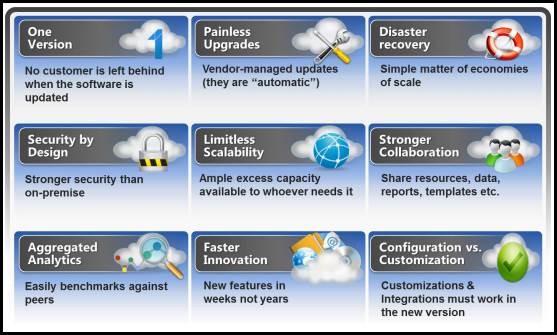General
Is Alma cloud born, Software-as-a-Service (SaaS) and multi-tenant?
Alma is delivered only as a cloud-based SaaS solution hosted in Ex Libris’ private cloud, allowing libraries to eliminate hardware and maintenance investments. As the entire Alma interface is served via a web browser, Alma also frees system administration staff from the need to install and maintain clients on local PCs. Moving to the cloud also lowers the barrier for entry to basic management processes. In today’s systems, many mission-critical workflows require server access. The staffing requirements for basic management processes such as record loading or integrating data from other campus systems must be managed by a system administrator. Since Alma provides user-friendly interfaces for all tasks, the system expertise needed to manage the system is significantly reduced.
The subscription model for the Alma service allows for much more predictable budget planning. By reducing the initial investment in the system, libraries can more quickly realize the value of Alma and eliminate uncertainties associated with hardware and software updates.
Alma’s cloud-based SaaS architecture allows for tremendous flexibility in shared data, and Alma has been designed to allow institutions to have robust control over what they consider local data. Within the cloud environment, the technical database architecture will be transparent to libraries—Alma instead allows functional administration over how institutions distribute and share their data.
One of the key advantages of the cloud-based architecture is that it is highly expandable. Alma is based on the multi-tenancy architecture in which one instance of Alma supports multiple institutions. Following are the top differences and benefits of multi-tenant SaaS solutions vs. Hosted (single tenant) solutions:

Total views:
1630

